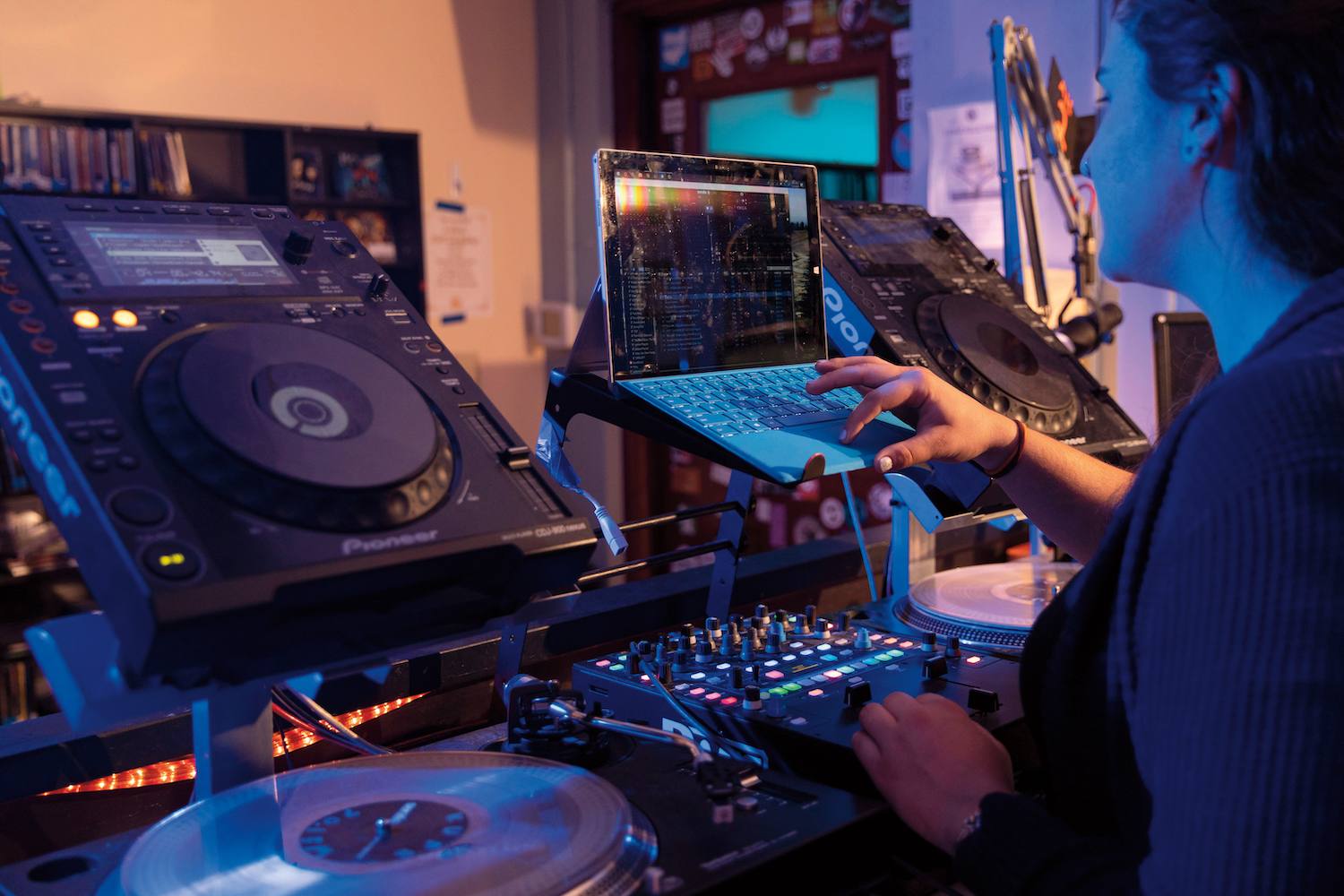When Kelly Danielson M.O.T.’12 joined an all-women sailing team on the 750-mile Race to Alaska, she had little experience and never expected to win.
As the adventure unfolded over six epic days, team Sail Like a Girl took the world by storm.
The sound last summer was like a car crash, but Kelly Danielson M.O.T.'12 and her crewmates were on a sailboat in the middle of British Columbia’s Laredo Sound, about a mile from shore. It was 2 a.m. and dark. Clouds erased whatever moon hung in the sky, and the sea was black. Land formed inky humps in the distance. Everything was quiet, and then the noise—a double thud. Kelly was knocked to the deck when the 32-foot daysailer, which had been clipping along at 7 knots, stopped dead in the water.
“But there are no rocks here! There are no rocks here!” Kelly remembers Jeanne Assael Goussev, the captain, shouting. Jeanne was looking at charts of the waters off B.C.’s Aristazabal Island, a wild scrap of land along that wild, ragged coast. Kelly’s first thought: How far is the swim to shore? If she could see land, she was pretty sure she could make it.
They had hit a log, Kelly and the rest of the crew realized, a massive log about 20 feet long and thicker than any of them could put their arms around. They’d not just hit it, but heaved up onto it, and the huge, sodden tree trunk was lodged under their keel. The crew began a mad inspection of the boat in the dark. Had the hull been breached? Were they taking on water?
Losing their lead in the Race to Alaska, a 750-mile competition that has been described as the Iditarod of the sea, wasn’t foremost on their minds. Not ending up in Davy Jones’ locker was.



















